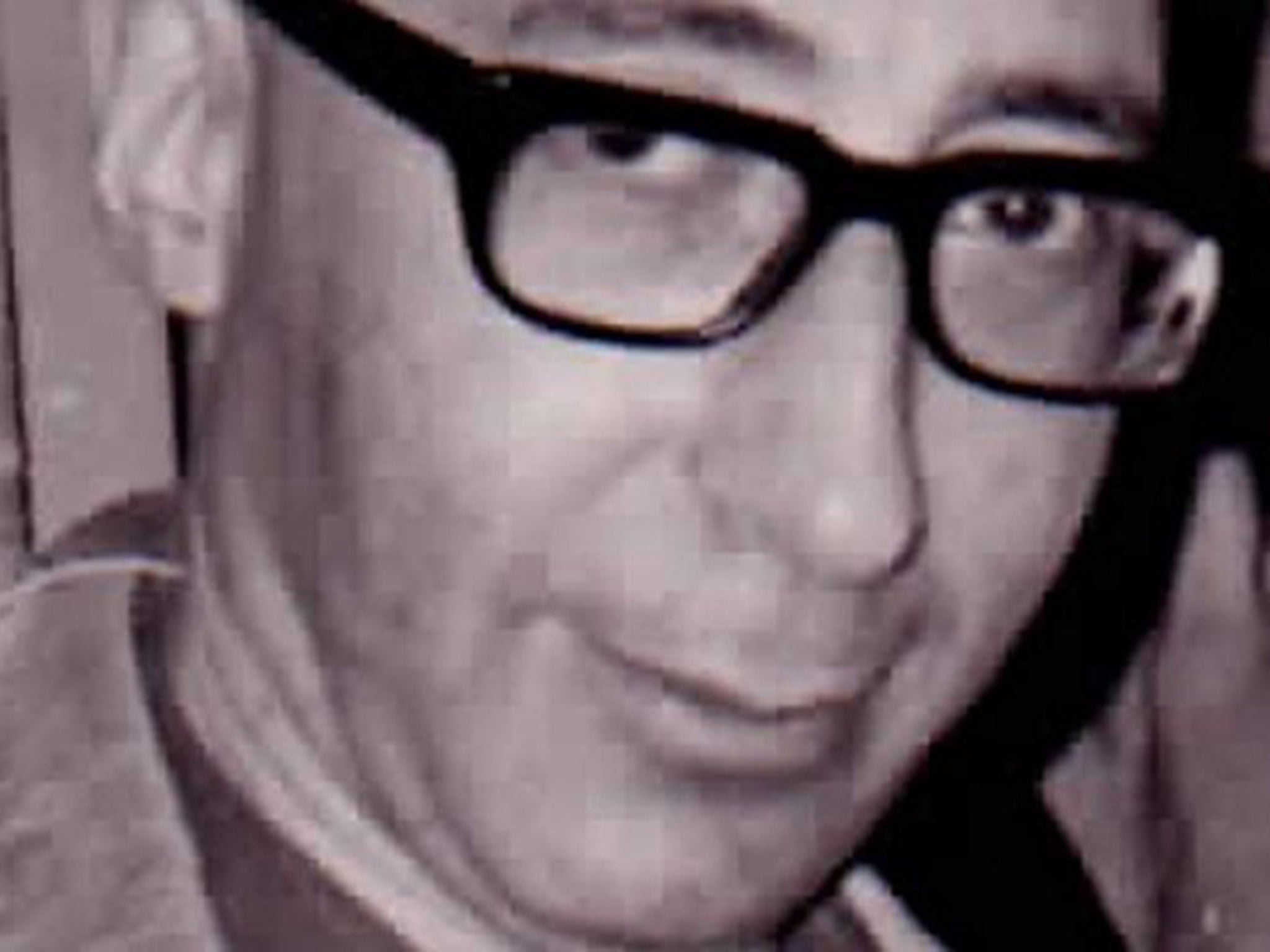AL Rees: Writer and teacher who made a formidable advocate for the study of the moving image as an artist's medium
Rees was a fount of knowledge and became an invaluable source of advice to the Arts Council, the BFI, Tate and Arts & Humanities Research Council

AL Rees, who has died of cancer at the age of 65, will be remembered as the author of A History of Experimental Film and Video, (BFI 1999), still the best – and best-selling – account of the rise of the moving image as an artist's medium. The book succeeds both as a key text for students and as a narrative account accessible to general readers, testifying to its freedom from art-speak and its clarity in locating film's place among the other visual arts.
Importantly, given the dominance of American scholarship in this field, its second half cogently makes the case for the generation of British moving-image artists who helped to establish the medium before the YBAs "found" video, among them Peter Gidal, Malcolm Le Grice, Annabel Nicolson, David Hall, Tamara Krikorian and Steve Partridge. Reprinted seven times, it is now in its revised second edition and shows no sign of aging.
Al Rees was an only child and grew up within yards of his long-time base in Nassau St, London W1; a contemporary at his local secondary school was the artist Peter Kennard, who shared his politics and remained a lifelong friend. He discovered the artists' film in the late 1960s having gravitated towards the screenings organised by Bob Cobbing at Better Books, Charing Cross road. He became a regular at the screenings of the London Filmmakers Co-op and its video equivalent, London Video Arts, and his scholarship was informed by close friendships with the artists he met there.
This intimacy is reflected his early critical writing, much of it in the BFI's Monthly Film Bulletin and the journal Art Monthly, for example on the films of Jayne Parker, Jeff Keen, Lis Rhodes and John Smith. Similarly, his deep understanding of historical context shines through essays such as his introduction to the first English translation of Hans Richter's The Struggle for Film (1986) and his brilliant chapter on the Polish pioneering artists Stefan and Francisca Themerson for O'Pray and Kuk's recent book The Struggle for Form (Wallflower 2014).
Till his retirement last May, Rees was research tutor in Visual Communication at the Royal College of Art, and before that head of Media at Kent Institute of Art and Design in Maidstone. Even earlier, he had taught at Luton, where he met the painter Angela Allen, a fellow tutor and his partner in later life. He was adored by his students, and his extraordinarily eclectic screenings and wide-ranging seminars became legendary. Always on display among the rare films were his talents as an impersonator and raconteur – and occasionally his bizarre fear of electricity; a willing student or technician would be called upon to face down the threatening DVD player or projector.
He was a fount of arcane knowledge. He astonished his RCA colleague Nicky Hamlyn with his ability to identify a rare model of Lamborghini in the street (he didn't drive). Hamlyn also recalls his warning to students about the shallowness of what he called "cultural studies" art – including film – which simply collaged together ready-formed cultural references in an undigested melange. (He blamed the abandoning of art history and its replacement by cultural studies and half-baked theory).
His unrivalled knowledge of film and the range of his interests made him a formidable advocate for his subject, and in the 1980s and early 1990s he became an invaluable source of advice to the Arts Council (where I then worked), the BFI, Tate and the Arts & Humanities Research Council, as they struggled with the idea that experimental film might be relevant to them. We worked together many times, notably on the exhibition Film as Film (Hayward, 1979), the screening series Cubism and the Cinema (Tate 1983), and Art in Cinema (NFT, 1986-87), and later on many conferences as well as the recent research project, led by Duncan White, which resulted in the book Expanded Cinema – Art, Performance, Film (Tate Publishing 2011).
He was a perfectionist in all things, but a joy to work with. He was at different times the Chair of the Arts Council's Artists' Film and Video Committee and a member of the AHRC Postgraduate Awards Panel for art, design and media; on the management and academic advisory panels of the AHRC Centre for British Film and Television Studies and many others forums. Yet he had a healthy contempt for all forms of establishment and was a passionate advocate of artist-run organisations, supporting the London Filmmakers Co-op and its magazine Undercut in their glory days, and more recently the artists' film group no.w.here and its journal Sequence. He will be greatly missed.
DAVID CURTIS
Alan Leonard Rees, film writer: born 18 May 1949; died 28 November 2014.
Subscribe to Independent Premium to bookmark this article
Want to bookmark your favourite articles and stories to read or reference later? Start your Independent Premium subscription today.

Join our commenting forum
Join thought-provoking conversations, follow other Independent readers and see their replies